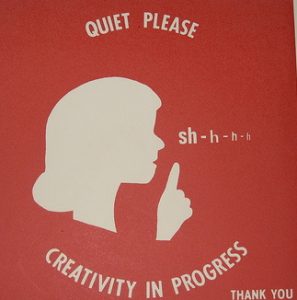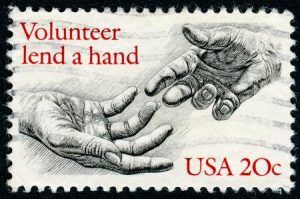What is Unintentional Intolerance?
Today’s workplace has a broad range of religious and political beliefs, genders, cultures, generations, races and lifestyles. These powerful aspects of others and ourselves provide daily communication and connection challenges.
Without thinking we could easily appear intolerant and insulting. Our actions can be “lost in translation” without self-awareness and sensitivity.
In the article, “Can You Speak the Language of Business with other Cultures?”, by Elisabete Miranda, the author outlines ways to support diversity and educationally grow in understanding others.
Suggested actions include:









